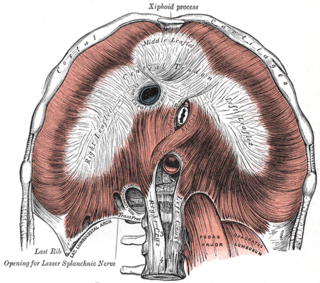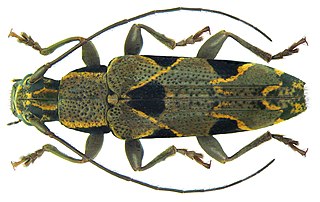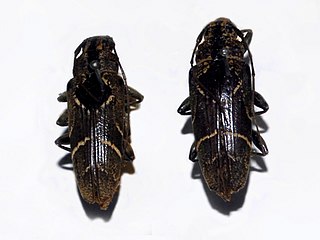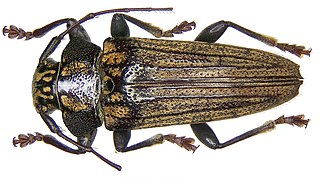
The transverse abdominal muscle (TVA), also known as the transverse abdominis, transversalis muscle and transversus abdominis muscle, is a muscle layer of the anterior and lateral abdominal wall, deep to the internal oblique muscle. It is thought by most fitness instructors to be a significant component of the core.

The transversus thoracis muscle, also known as triangularis sterni, lies internal to the thoracic cage, anteriorly. It is usually a thin plane of muscular and tendinous fibers, however on athletic individuals it can be a thick 'slab of meat', situated upon the inner surface of the front wall of the chest. It is in the same layer as the subcostal muscles and the innermost intercostal muscles.

In anatomy, the abdominal wall represents the boundaries of the abdominal cavity. The abdominal wall is split into the anterolateral and posterior walls.

The iliohypogastric nerve is a nerve that originates from the lumbar plexus that supplies sensation to skin over the lateral gluteal and hypogastric regions and motor to the internal oblique muscles and transverse abdominal muscles.

The ilioinguinal nerve is a branch of the first lumbar nerve (L1). It separates from the first lumbar nerve along with the larger iliohypogastric nerve. It emerges from the lateral border of the psoas major just inferior to the iliohypogastric, and passes obliquely across the quadratus lumborum and iliacus. The ilioinguinal nerve then perforates the transversus abdominis near the anterior part of the iliac crest, and communicates with the iliohypogastric nerve between the transversus and the internal oblique muscle.

also known as superior tendon of abdominal cavity.

The sternocostal triangle are small zones lying between the costal and sternal attachments of the thoracic diaphragm. No vascular elements are present within this space. The borders of this space are:

The crest of the ilium is the superior border of the wing of ilium and the superiolateral margin of the greater pelvis.

The transverse perineal muscles are the superficial and the deep transverse perineal muscles.

The arcuate line of rectus sheath is a line of demarcation corresponding to the free inferior margin of the posterior layer of the rectus sheath inferior to which only the anterior layer of the rectus sheath is present and the rectus abdominis muscle is therefore in direct contact with the transversalis fascia. The arcuate line is concave inferior-wards.

The deep circumflex iliac artery is an artery in the pelvis that travels along the iliac crest of the pelvic bone.
The linea semilunaris is described by Adriaan van den Spiegel described the Linea Semilunaris as the line forming and marking the transition from muscle to aponeurosis in the transversus abdominis muscle of the abdomen. It needs to be distinguished from the lateral border of the rectus abdominis muscle sheath which is often wrongly described as semilunar line. The lateral border of the rectus sheath is part of the recently described EIT ambivium to more precisely describe this important part of the anterior abdominal wall. The EIT ambivium is formed by the Musculus Obliquus Externus (MOE), the Musculus Obliquus Internus (MOI) and the Musculus Transversus Abdominis (TA). Understanding the interrelationship between the lateral muscles and the medial compartment is of paramount importance for surgeons to understand the surgical anatomy.

Adriaan van den Spiegel, name sometimes written as Adrianus Spigelius, was a Flemish anatomist born in Brussels. For much of his career he practiced medicine in Padua, and is considered one of the great physicians associated with the city. At Padua he studied anatomy under Girolamo Fabrici.

Crotalus transversus, or the Cross-banded Mountain Rattlesnake, is a venomous pit viper species found in central Mexico, known from less than 20 specimens. No subspecies are currently recognized.

Leptostylus transversus is a species of longhorn beetles of the subfamily Lamiinae. It was described by Gyllenhal in 1817.

Tmesisternini is a tribe of beetles in the subfamily Lamiinae containing the following genera:

Tmesisternus is a genus of longhorn beetles belonging to the family Cerambycidae, subfamily Lamiinae.
Tmesisternus schaumii is a species of beetle in the family Cerambycidae. It was described by Francis Polkinghorne Pascoe in 1867. It is known from Moluccas, Australia, and the Solomon Islands.

Tmesisternus speciosus is a species of beetle in the family Cerambycidae. It was described by Francis Polkinghorne Pascoe in 1867.

Tmesisternus venatus is a species of beetle in the family Cerambycidae. It was described by James Thomson in 1864.















